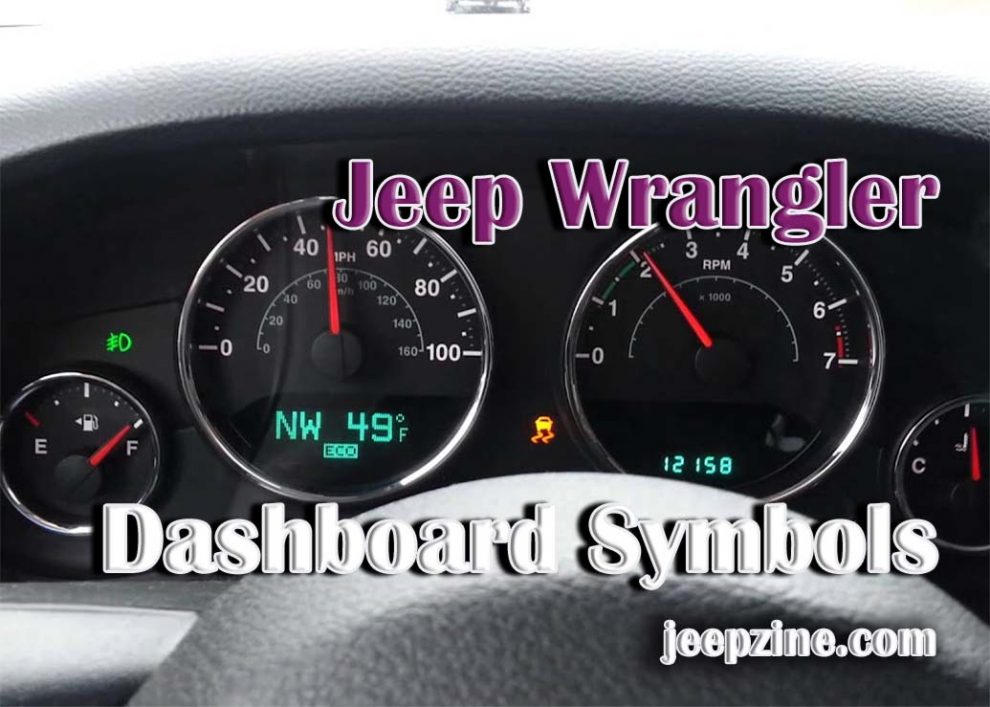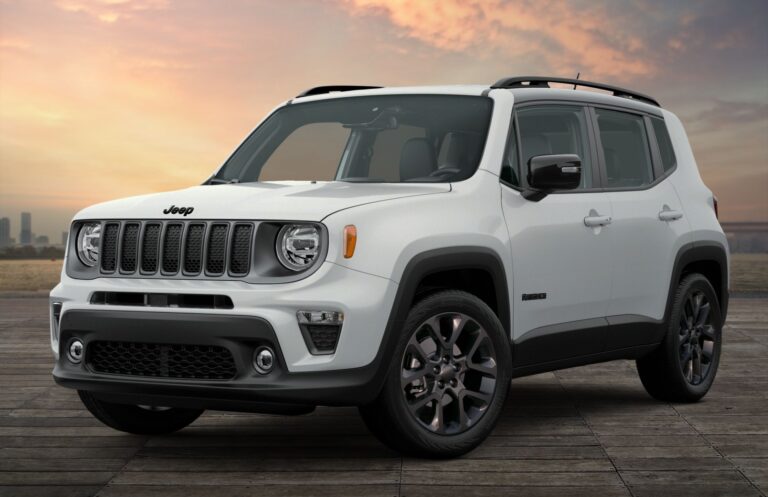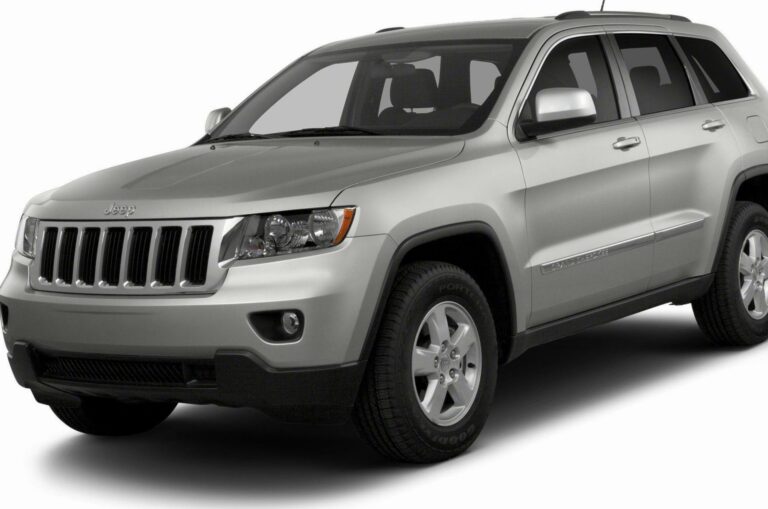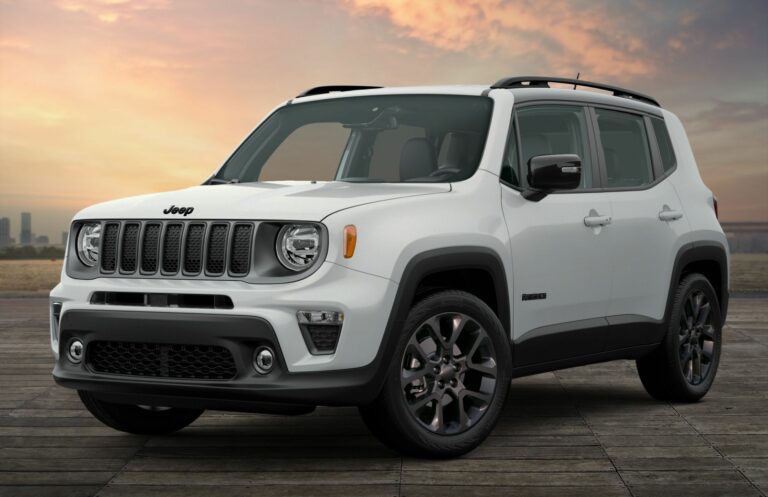Wrangler Jeep Dashboard: Your Command Center for Adventure
Wrangler Jeep Dashboard: Your Command Center for Adventure jeeps.truckstrend.com
The dashboard of a Jeep Wrangler is far more than just a collection of gauges and buttons; it’s the nerve center, the mission control, and the primary interface between driver and machine. In a vehicle renowned for its rugged capability and open-air freedom, the dashboard must strike a delicate balance: providing essential information and modern amenities while remaining durable enough to withstand the rigors of off-road adventures and the elements. This comprehensive guide will delve into the intricacies of the Wrangler Jeep Dashboard, exploring its evolution, key features, design philosophy, customization potential, and practical considerations for every owner and enthusiast.
The Evolution of the Wrangler Dashboard: A Journey Through Generations
Wrangler Jeep Dashboard: Your Command Center for Adventure
The Wrangler dashboard has undergone a remarkable transformation, mirroring the vehicle’s own journey from a utilitarian workhorse to a sophisticated, yet still immensely capable, adventure machine.
- CJ and YJ Era (1976-1995): Raw Simplicity: Early CJs and YJs featured dashboards that were Spartan in design, prioritizing function over form. Large, analog gauges provided basic information like speed, fuel, and temperature. Controls were robust, often toggle switches, and the overall aesthetic was one of no-frills utility, perfectly suited for a vehicle designed to be hosed out after a muddy trail run.
- TJ Era (1997-2006): A Touch of Modernity: With the TJ, the dashboard began to show signs of refinement. While still rugged, it introduced more integrated designs, improved ergonomics, and a slightly more car-like feel without sacrificing its core identity. HVAC controls became rotary, and the overall layout felt more organized, though still distinctly old-school Jeep.
- JK Era (2007-2018): The Leap Forward: The JK generation marked a significant departure, bringing the Wrangler dashboard firmly into the 21st century. While retaining classic elements like round gauges, it introduced modern conveniences such as available power windows (often with controls on the center stack, a nod to potential water crossings), an integrated sound system, and more contemporary plastics and materials. The layout became more ergonomic, and for the first time, a basic infotainment screen started to appear in higher trims.
- JL Era (2018-Present): The Digital Frontier: The current JL Wrangler boasts the most advanced dashboard to date. It seamlessly blends iconic Jeep design cues with cutting-edge technology. A large, vibrant Uconnect touchscreen infotainment system dominates the center stack, offering navigation, Apple CarPlay, Android Auto, and various off-road pages. The instrument cluster now features a customizable digital display nestled between traditional analog gauges, providing a wealth of driver information, from tire pressure to pitch and roll angles. Despite these advancements, the JL dashboard maintains its rugged DNA, with robust controls and materials designed for durability.
This evolution showcases Jeep’s commitment to progressively enhancing the driver experience without compromising the Wrangler’s core identity as a go-anywhere vehicle.

Anatomy of the Wrangler Dashboard: Core Features and Functionality
The modern Wrangler dashboard is a sophisticated command center, meticulously designed to provide the driver with essential information and control.
- Instrument Cluster: This critical section directly in front of the driver typically features large, easy-to-read analog gauges for speedometer and tachometer. Sandwiched between them, especially in JL models, is a multi-function digital display. This screen can show everything from fuel economy and outside temperature to tire pressure monitoring, compass direction, and crucial off-road data like axle articulation, steering angle, and transmission temperature.
- Uconnect Infotainment System: Dominating the center stack of JK (later models) and JL Wranglers is the Uconnect touchscreen. Available in various sizes (e.g., 7-inch or 8.4-inch in the JL), this system is the hub for navigation, media playback (radio, satellite radio, USB, Bluetooth), phone connectivity, and vehicle settings. Its intuitive interface and robust features like Apple CarPlay and Android Auto have revolutionized in-cabin connectivity for Wrangler owners.
- HVAC Controls: Strategically placed below the infotainment screen, the heating, ventilation, and air conditioning controls are typically large, tactile knobs and buttons designed to be easily operated, even with gloved hands.
- Window and Lock Controls: In a classic Jeep quirk, the power window controls are often located on the center stack rather than the door panels. This design choice is a nod to the Wrangler’s removable doors and helps protect the electronics from water exposure when the doors are off.
- Off-Road Specific Controls: For models like the Rubicon, the dashboard houses dedicated buttons for off-road prowess. These include controls for locking front and rear differentials, disconnecting the front sway bar for increased articulation, and activating features like Off-Road Plus mode or Selec-Speed Control.
- Auxiliary Switches and Power Outlets: Many Wranglers, particularly the Rubicon, come equipped with auxiliary switches (often pre-wired) for easily integrating aftermarket accessories like auxiliary lights, winches, or air compressors without complex wiring. Multiple USB ports (including USB-C in JL), 12V outlets, and even a 115V AC outlet (in some trims) ensure devices stay charged on the go.


Design Philosophy & Ergonomics: Marrying Ruggedness with Modern Comfort
The Wrangler dashboard’s design philosophy is unique: it must be as tough as the vehicle itself, yet sophisticated enough to meet modern driver expectations.
- Durability and Materials: The materials used are chosen for their resilience against dust, dirt, water, and temperature extremes. Hard plastics, rubberized textures, and robust switches are standard, designed to withstand the knocks and spills of an adventurous lifestyle.
- Intuitive Layout for Off-Roading: Controls are generally large, well-spaced, and logically grouped, allowing for easy access and manipulation even when driving over rough terrain or wearing gloves. Critical off-road functions are often prominent and clearly marked.
- Integration of Technology with "Jeep Character": While embracing digital displays and touchscreens, Jeep has carefully integrated these features to feel organic within the Wrangler’s rugged aesthetic. The Uconnect screen, for instance, is often framed by robust bezels, and the overall dash lines retain a chunky, purposeful look.
- Water Resistance and Drainage: A key consideration for a vehicle designed for open-air driving and potential water crossings, elements of the dashboard and its surrounding areas are designed with water resistance in mind. Drain plugs in the floor are a testament to the expectation that the interior might get wet.
Customization and Aftermarket Enhancements: Personalizing Your Command Center
One of the most appealing aspects of owning a Wrangler is the endless potential for customization, and the dashboard is no exception.
- Dash Mount Systems: Companies like Quadratec, Vector Offroad, and RAM Mounts offer robust dash mounting solutions for phones, GPS units, action cameras, and tablets, keeping them secure and within easy view on rough trails.
- Auxiliary Switch Panels: For those with multiple accessories, aftermarket auxiliary switch panels can provide a clean, integrated solution for controlling additional lights, air compressors, or even onboard refrigerators.
- Upgraded Infotainment Screens: While Uconnect is excellent, some owners opt for larger, aftermarket Android-based head units that offer even more customization, app compatibility, and sometimes larger displays.
- Gauges and Trim Kits: For those seeking a specific aesthetic, aftermarket gauge faces or interior trim kits (e.g., carbon fiber, colored accents) can personalize the look and feel of the dashboard.
- Dash Cams and Power Solutions: Integrating dash cams for recording adventures or ensuring security is a popular upgrade, often requiring clever routing of power cables and secure mounting points on or around the dash.
Maintaining Your Wrangler Dashboard: Care, Common Issues, and Solutions
Keeping your Wrangler’s dashboard in top condition ensures longevity and functionality.
- Cleaning Tips: Regular cleaning with a soft cloth and a mild interior cleaner will prevent dust and grime buildup. For stubborn dirt, especially after off-roading, specific interior detailers designed for plastics and vinyl are effective. Avoid harsh chemicals that can damage surfaces.
- Protecting from Sun Damage: Prolonged exposure to UV rays can cause plastics to fade, crack, or become brittle. Using a sunshade when parked, especially in hot climates, is highly recommended. UV protectant sprays can also help.
- Troubleshooting Common Issues:
- Uconnect Glitches: Like any computer system, Uconnect can sometimes freeze or lag. Often, a simple system reset (refer to your owner’s manual for the specific button combination) can resolve minor issues. Ensure software updates are installed regularly.
- Sensor Warnings: Dashboard warning lights for tire pressure, check engine, or ABS require attention. While some might be minor (e.g., low tire pressure), persistent warnings warrant professional diagnosis.
- Loose Connections/Rattles: The rugged nature of a Wrangler means rattles can develop over time. Check for loose trim pieces or improperly secured items in cubbies. Dash mounts should be securely fastened.
- Software Updates and Recalls: Stay informed about any software updates for your Uconnect system or any recalls related to dashboard components or electronics. These are crucial for optimal performance and safety.
Practical Advice and Actionable Insights
- Know Your Controls: Before hitting the trail, familiarize yourself with all dashboard controls, especially the off-road specific ones.
- Secure Your Gear: Use dash mounts or secure storage for phones, GPS, and other items to prevent them from becoming projectiles during sudden stops or rough terrain.
- Protect Your Investment: Regularly clean and protect your dashboard from sun exposure to maintain its appearance and prevent material degradation.
- Customize Wisely: When adding aftermarket accessories, ensure they are compatible with your specific Wrangler model and installed correctly to avoid electrical issues.
Concluding Summary
The Wrangler Jeep dashboard is a testament to the brand’s enduring appeal – a blend of iconic ruggedness and modern technological sophistication. From its humble, utilitarian beginnings to the advanced, digital command center of today’s JL, it has consistently evolved to meet the demands of an adventurous lifestyle. It serves not just as a display of information, but as a critical interface that empowers drivers to confidently navigate both city streets and challenging trails. Understanding and appreciating its features, design, and potential for personalization truly enhances the Wrangler ownership experience.
Wrangler Jeep Dashboard: Common Component & Aftermarket Accessory Pricing Guide
It’s important to note that a "Wrangler Jeep Dashboard" as a single, standalone item typically isn’t sold as a consumer product outside of salvage or specialized repair. Instead, components of the dashboard, or popular aftermarket accessories that integrate with or enhance the dashboard, are commonly available. Prices are estimates and can vary based on model year, trim level, brand, and retailer.
| Component/Accessory | Description | Estimated Price Range (USD) | Notes |
|---|---|---|---|
| OEM Replacement Parts | |||
| Instrument Cluster (JL) | Full gauge cluster assembly with digital display (new/refurbished) | $800 – $1,500+ | Varies significantly by specific part number, year, and whether it’s new OEM or remanufactured. |
| Uconnect Touchscreen (JL) | Replacement infotainment screen unit (e.g., 7-inch or 8.4-inch) | $600 – $1,200+ | Screen only; does not include the full head unit or wiring. |
| HVAC Control Module | Climate control unit (buttons and knobs) | $150 – $400 | Specific to model year. |
| Power Window Switch Panel | Center console mounted switch panel for power windows | $80 – $200 | For models with power windows. |
| Popular Aftermarket Upgrades | |||
| Dash Mount Systems (e.g., RAM, Vector) | Mounting base and arms for phones, GPS, cameras | $50 – $250 | Varies by complexity and brand (e.g., single phone mount vs. multi-device rail system). |
| Auxiliary Switch Panels | Pre-wired switch panels for managing aftermarket accessories | $150 – $500 | Often includes wiring harness and relays; varies by number of switches and features (e.g., SPOD). |
| Aftermarket Infotainment System | Android-based head units with larger screens, more features | $400 – $1,000+ | Can offer more customization than OEM; installation complexity varies. |
| Interior Trim Kits | Dashboard accent pieces, vent rings, grab handle covers | $30 – $150 | Aesthetic upgrades, typically adhesive or snap-on. |
| Dash Camera (Front) | Single front-facing camera for recording drives | $50 – $250 | Installation can be DIY or professional; wiring may need to be routed around the dashboard. |
| Installation Costs (Professional) | |||
| Basic Dash Accessory Installation | Dash mount, minor wiring | $50 – $150 | Depends on complexity and shop labor rates. |
| Head Unit/Infotainment Installation | Aftermarket stereo/Uconnect replacement | $150 – $400 | Can be more complex if new wiring or adapters are needed. |
| Auxiliary Switch Panel Installation | Wiring multiple accessories to a new switch panel | $200 – $600+ | Varies significantly based on the number and type of accessories being wired. |
Frequently Asked Questions (FAQ) about the Wrangler Jeep Dashboard
Q1: Can I upgrade my JK Wrangler’s dashboard to have the JL’s Uconnect screen?
A1: While physically swapping dashboards is impractical and extremely complex due to wiring and computer integration, you can install an aftermarket infotainment system in your JK that offers similar large touchscreen functionality, Apple CarPlay, and Android Auto. These are designed to fit the JK’s dash opening.
Q2: Are Wrangler dashboards waterproof?
A2: While Wrangler interiors, especially in the JL, are designed to be water-resistant and feature drain plugs, the dashboard itself is not fully waterproof. Components like the Uconnect screen, instrument cluster, and electronic modules can be damaged by direct water exposure. The design is more about surviving splashes and quick rinses, not submersion.
Q3: Why are the power window controls on the center console in many Wranglers?
A3: This design choice is a nod to the Wrangler’s removable doors. Placing the controls on the center console ensures they remain with the vehicle even when the doors are off, and it helps protect the sensitive electronics from water or damage that might occur if they were on the removable door panels.
Q4: How do I access the "Off-Road Pages" on my JL Wrangler’s Uconnect screen?
A4: If your JL Wrangler is equipped with the 8.4-inch Uconnect system, you can typically find the Off-Road Pages within the Apps menu. Once selected, it displays real-time data such as pitch and roll angles, steering angle, altitude, GPS coordinates, and distribution of power to the wheels.
Q5: My dashboard warning light is on. What should I do?
A5: First, consult your owner’s manual to identify the specific warning light and its meaning. Some, like low tire pressure, are simple fixes. Others, like a "Check Engine" light, require further diagnosis. If the light is flashing or accompanied by other symptoms (e.g., loss of power), it’s best to pull over safely and contact a mechanic or roadside assistance.







